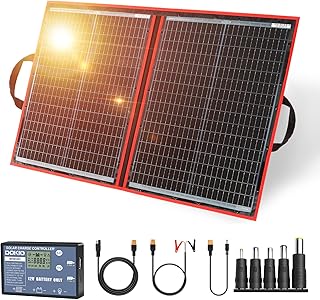Renewable energy installations are on the rise across Asia, with countries like China, India, Viet Nam, and Türkiye making significant strides in solar and wind energy capacity additions. However, the pace of grid infrastructure development is not keeping up with this rapid renewable energy expansion. The variability of solar and wind energy sources necessitates grid flexibility and resilience, making battery storage a crucial component in the energy transition puzzle.
While batteries have long been used in consumer electronics, their application in the power sector has gained momentum recently, driven by the commercial viability of lithium-ion batteries. The cost reductions in lithium-ion batteries have been substantial, making energy storage more economically feasible. In 2018 and 2019, a significant amount of energy storage capacity was deployed globally, with the Asia Pacific region leading the market, particularly in countries like the Republic of Korea, China, Australia, and Japan.
Battery storage plays a vital role in enabling the greater uptake of renewable energy by storing excess electricity generated during peak times for use during high-demand periods. Despite the potential for over 400 GW/1100 GWh of battery storage capacity in Asia by 2040, several barriers need to be addressed, including regulatory frameworks, cost reductions, awareness building, and environmental/safety concerns.
The Asian Infrastructure Investment Bank (AIIB) is actively involved in building the battery storage market in Asia by supporting projects in countries like India and Southeast Asia. By providing financial assistance to energy storage initiatives, AIIB aims to mainstream battery storage and renewable energy in the region, fostering sustainable growth and infrastructure development.
Looking ahead, as Asia continues to scale up its adoption of battery storage, collaboration among governments, utilities, and the private sector will be essential to realize the full potential of renewable energy integration. By addressing regulatory, technological, and investment challenges, the region can pave the way for a more sustainable and resilient energy future.
📰 Related Articles
- Trump’s Policies Impact US Clean Energy Sector Growth
- Power Outage Halts Energy Secretary’s Conference, Highlights Infrastructure Vulnerabilities
- Energy Traders Navigate Volatile Markets with Strategic Growth Levers
- Copper’s Strategic Surge: Key Investments for Green Energy Growth
- Copper ETFs: Capitalizing on Growing Demand in Renewable Energy






